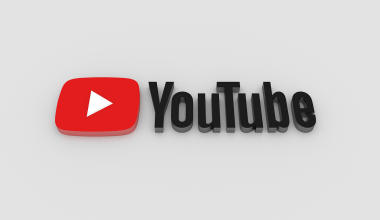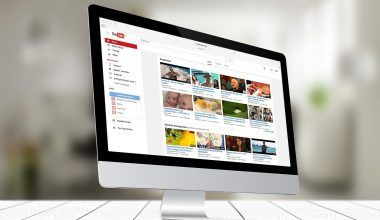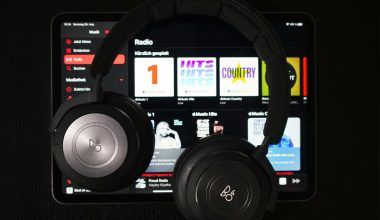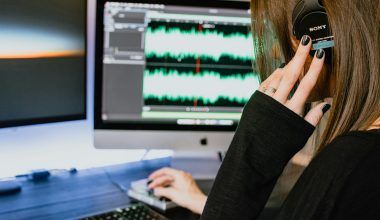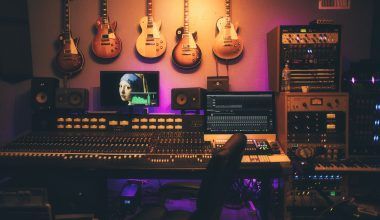If you’ve been creating music and want to make a living out of it, understanding how to monetize your track on YouTube Music and earn money is crucial. YouTube Music, with its massive user base, offers an incredible opportunity for artists to showcase their work and turn their passion into profit. In this blog, we’ll dive deep into how you can monetize your tracks on YouTube Music, what strategies work best, and how to ensure you’re maximizing your revenue as an artist. Let’s get started!
What Does It Mean to Monetize Your Track on YouTube Music?
Monetizing your track on YouTube Music simply means earning money whenever someone streams or downloads your music on the platform. YouTube Music offers artists a fair way to earn royalties while growing their fan base. This revenue comes from ads shown to users or subscriptions paid by premium users. It’s a straightforward process, but there are key steps you need to follow to get started.
How to Get Started with YouTube Music Monetization
1. Create and Distribute Your Music
The first step is creating high-quality tracks that resonate with your audience. Once your music is ready, you need to distribute it to YouTube Music. Many platforms like CD Baby, DistroKid, and TuneCore can help you distribute your music across streaming services, including YouTube Music.
2. Set Up a YouTube Channel
Having an active YouTube channel is essential. While your tracks will appear on YouTube Music through your distributor, maintaining a YouTube channel lets you build a stronger connection with your audience. Use it to upload behind-the-scenes videos, music videos, or even lyric videos to boost your visibility.
3. Join the YouTube Partner Program
To start earning money directly from YouTube, join the YouTube Partner Program (YPP). You’ll need at least 1,000 subscribers and 4,000 watch hours in the past year to qualify. Once accepted, you can enable ads on your videos, which adds another revenue stream to your music.
4. Register Your Music with a Content ID Service
YouTube’s Content ID system helps identify and monetize your music when used by other creators in their videos. Platforms like AdRev and RouteNote can register your music for Content ID, ensuring you get paid whenever your track is used across YouTube.
Ways to Maximize Your Revenue
1. Optimize Your YouTube Channel
Make sure your YouTube channel is artist-friendly. Use high-quality thumbnails, write compelling descriptions, and include links to your music on YouTube Music. A professional-looking channel attracts more subscribers and helps in monetization.
YouTube Music Premium users provide higher royalties compared to free users. Encourage your audience to subscribe to YouTube Music Premium for an ad-free experience, which indirectly increases your earnings.
3. Use Live Streams to Engage Fans
Live streaming is a fantastic way to connect with your fans. Use YouTube Live to perform your tracks, answer fan questions, or share updates. You can also enable Super Chats and Super Stickers to earn directly from your live streams.
4. Collaborate with Other Artists
Collaboration helps you reach a broader audience. By teaming up with other artists, you can introduce your music to their fan base, which can result in more streams and higher revenue on YouTube Music.
Tools to Help You Monetize Your Music
Several tools and platforms can make monetizing your track on YouTube Music easier:
- YouTube Studio: Analyze your channel’s performance and track your revenue.
- Content ID Services: Ensure your music is protected and monetized across YouTube.
- Music Distribution Services: Get your music on YouTube Music and other platforms effortlessly.
Common Mistakes to Avoid
When monetizing your track on YouTube Music, avoid these pitfalls:
- Skipping Proper Metadata: Always include accurate metadata like song titles, artist names, and album details to ensure proper credit and royalties.
- Ignoring Copyright Issues: Register your music with Content ID to avoid disputes and ensure consistent monetization.
- Lack of Engagement with Fans: Engaging with your audience builds loyalty and leads to more streams and shares.
How Much Can You Earn from YouTube Music?
Earnings on YouTube Music depend on factors like the number of streams, whether the listener is a free or premium user, and ad revenue. On average, artists earn $0.006 to $0.008 per stream on YouTube Music. While this may seem small, consistent streams from a growing audience can result in substantial earnings.
How to Promote Your Music on YouTube
To increase your earnings, you need to promote your music effectively:
- Social Media Marketing: Share your YouTube Music links on Instagram, Facebook, and Twitter.
- SEO for Your Videos: Use relevant keywords in your video titles and descriptions to make your music discoverable.
- Collaborate with Influencers: Partner with YouTubers and social media influencers to showcase your music to their audience.
Success Stories of Artists Monetizing on YouTube Music
Many indie artists have found great success on YouTube Music. By focusing on creating quality content and building their presence on YouTube, they’ve managed to turn their passion into a lucrative career. These stories are proof that with the right strategy, you too can monetize your track on YouTube Music and earn money.
Conclusion
Monetizing your track on YouTube Music is a smart way to earn money while sharing your passion with the world. From distributing your music and joining the YouTube Partner Program to leveraging Content ID and promoting your tracks, there are countless ways to boost your earnings. By staying consistent, engaging with your audience, and optimizing your strategies, you can turn YouTube Music into a significant income stream.
Start your journey today and take control of your music career. Remember, the key to success is to stay dedicated and keep learning. So, are you ready to monetize your track on YouTube Music and earn money? The stage is yours!
For further reading, explore these related articles:
- The Most Streamed Artist on Spotify in 2021: A Year in Music
- BTS Record Label: The Powerhouse Behind the Global Phenomenon
For additional resources on music marketing and distribution, visit Deliver My Tune.

